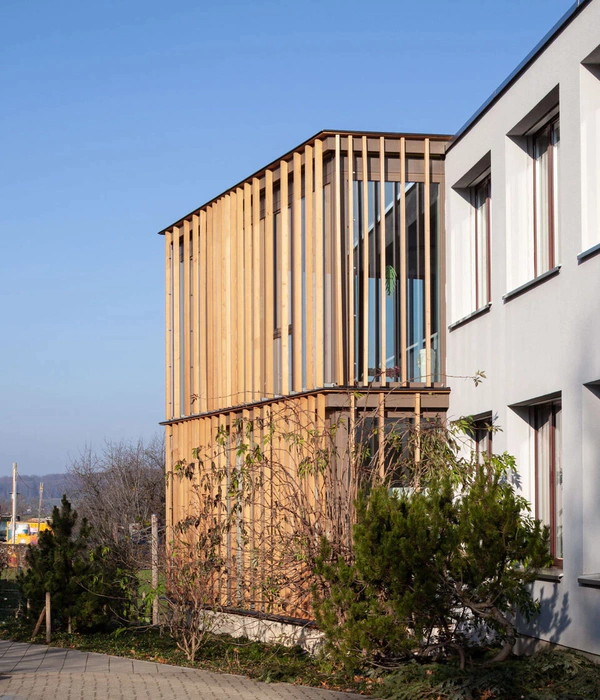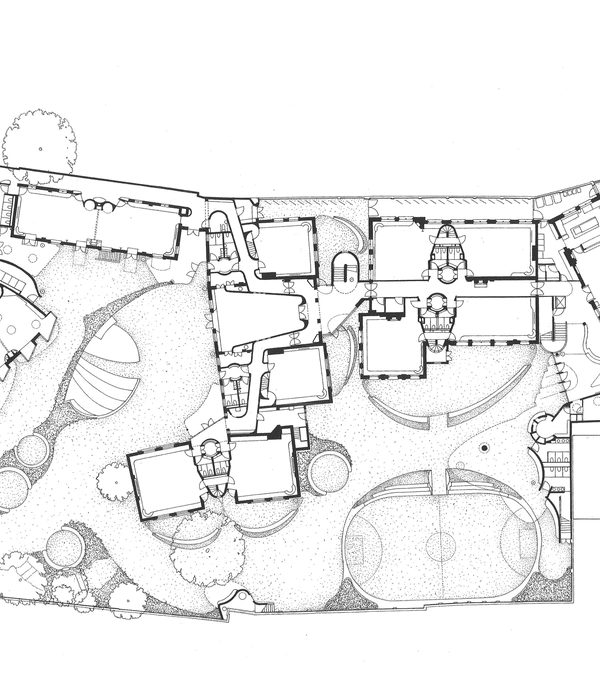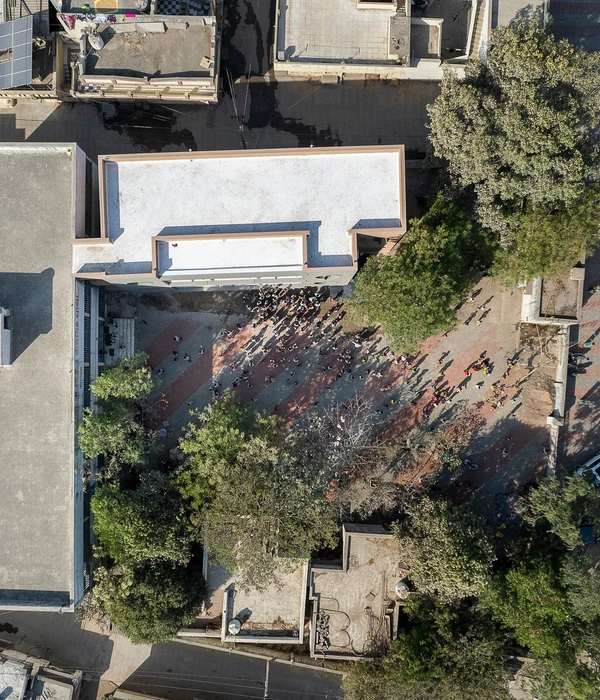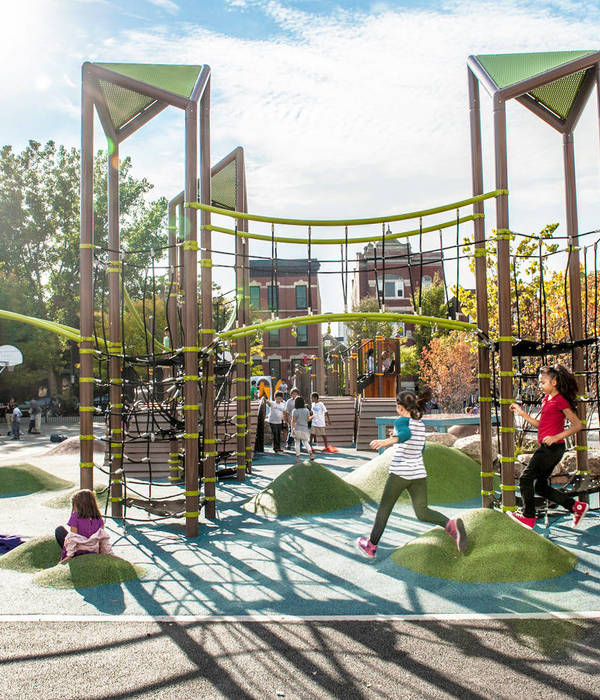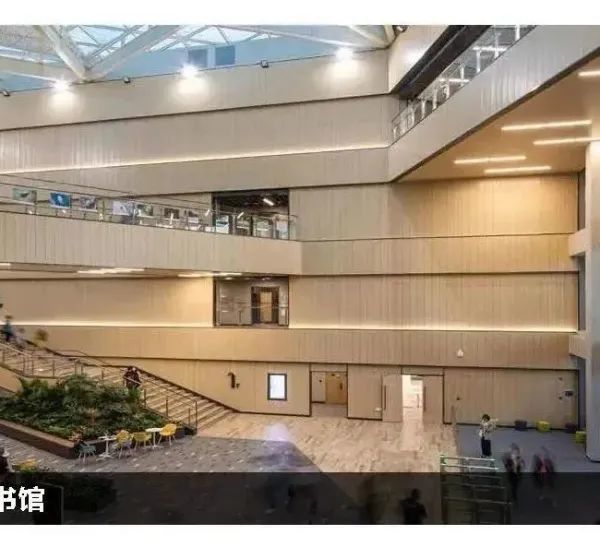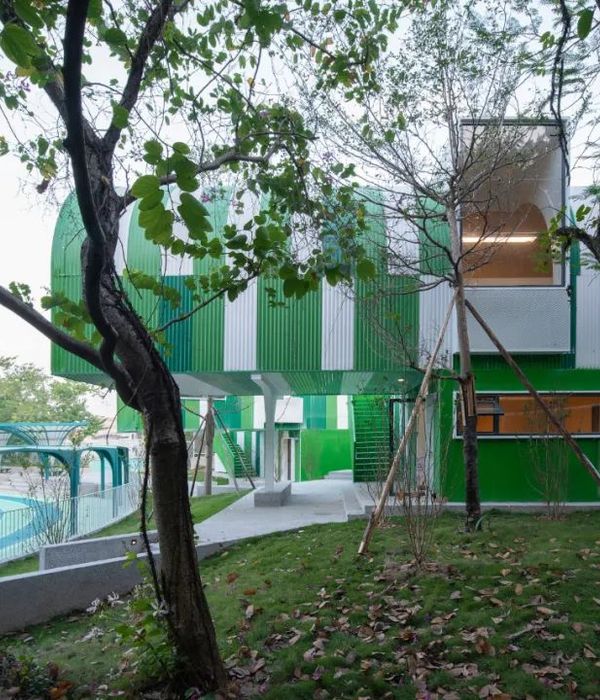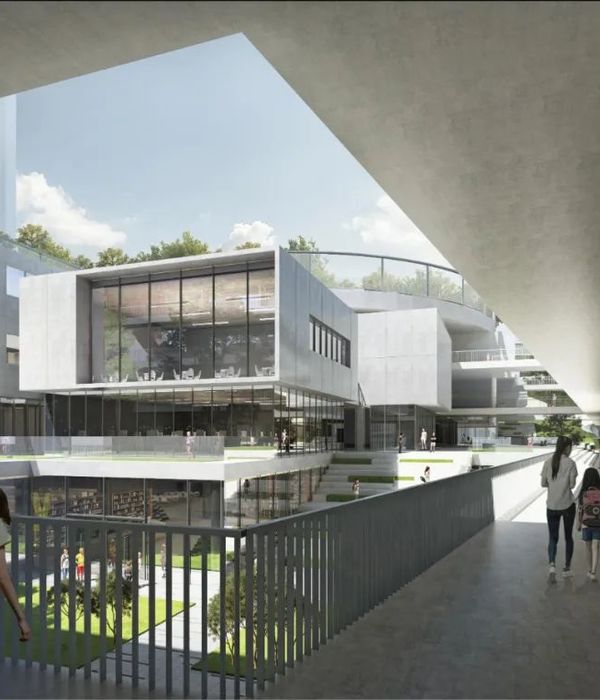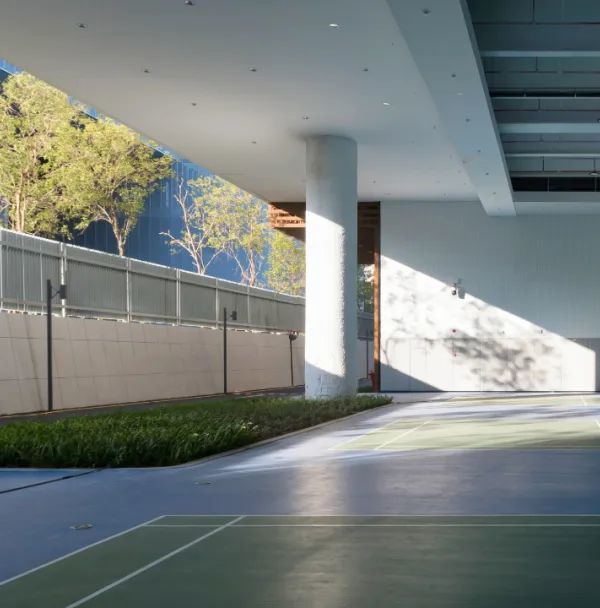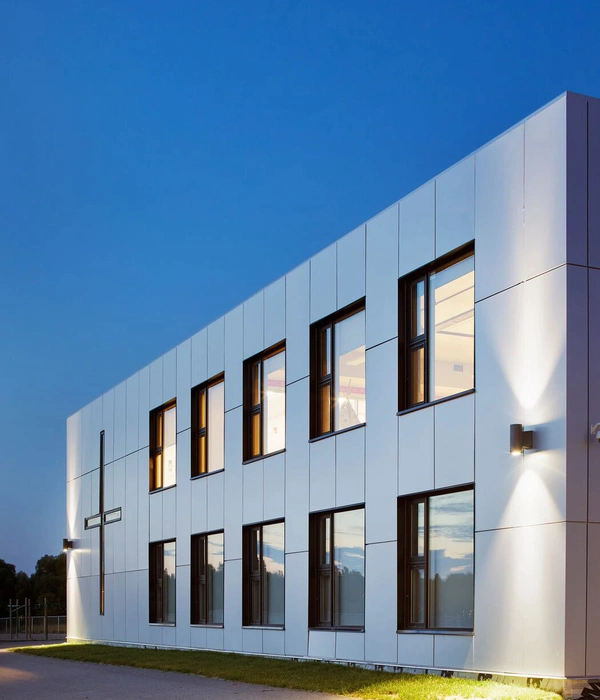Architects:Hutton
Area:3400ft²
Year:2022
Photographs:Brad Feinknopf
Manufacturers:Bedrosians,Emser Tile,Illuminate Vintage,Lumenwerx,MSI,Rejuvenation,Tesla,US Stone
Electrical Engineering:Professional Engineering Consultants
Mechanical Engineering:Professional Engineering Consultants
Structural Engineering:Professional Engineering Consultants
Architectural Design Lead & Project Manager:Emily Taylor
Architectural Design Support:Matt Byrum
Architectural Design Principal:Josh Herrman
Construction Project Manager:Todd Wedel
Interior Design:Mattie Lane
Program / Use / Building Function:Field research station & retreat center
Civil Engineering:Engineering Consultants
Design Builder:Hutton
Country:United States
Text description provided by the architects. Tallgrass prairie once covered over 150 million acres of North America. Today, less than 4% of this unique ecosystem remains, with the majority being in the Kansas Flint Hills. The subsurface of the Flint Hills was formed over 250 million years ago and is composed primarily of distinct layers of limestone and shale. Shallow, rocky soils made the land mostly unsuitable for farming and challenging for development, effectively preserving the natural state of the tallgrass ecosystem, its unique wildlife, and its characteristic expansive, rolling views in perpetuity.
The Youngmeyer Ranch includes nearly 4,700 acres of the Flint Hills. Today, the property is an active cattle ranch and a field research site for Wichita State University, used by multiple departments for study of plants, animals, soils, and waterways. The Youngmeyer Field Station provides 3,400 SF of meeting space, laboratory, and living quarters for six researchers. The facility is completely off-grid, with no connection to public or rural utilities. Primary power is generated and water is collected right on site.
This project’s location and function demand both integration with the natural environment and fortitude to withstand natural forces. Form, materials, and interior details are inspired by the stratified stone underneath the Flint Hills and other natural marvels that can be observed from the building. Like the dugouts of the Midwestern frontier days, the field station is partially embedded in the earth to protect the facility from northern winds and further the contextual camouflage. The building’s form folds towards the eastern views of the sunrise and the water, opening the main gathering space to the panoramic scenery.
Interior finish materials are all natural tones, organized in patterns to evoke layers of sediment, heads of grain, or even the night sky. Four varieties of limestone wrap the exterior and sneak inside in stratified bands, emulating the subterranean layers of sediment that sit below and peek out of the surrounding hillsides. One stone variety – Prairie Shell – includes (as the name suggests) many fossilized shells that tell the story of a prehistoric era. Visitors can take a scavenger hunt around the building for fossils preserved and on display in the walls, including a perfect nautilus right by the front door.
To protect against wind and wildfire, the entire structure – including the roof – is cast-in-place concrete, clad with a palette of only durable, noncombustible exterior materials: concrete, limestone, and glazing systems. “Being a good neighbor" in the Flint Hills requires minimizing any impact on natural views, so keeping a clean roof line was a top priority. To maintain a discrete profile, the reaching cantilevered concrete roof tapers at the edge, all but disappearing when viewed from the closest neighboring property a few miles down the road.
Project gallery
Project location
Address:Elk County, Kansas, United States
{{item.text_origin}}




